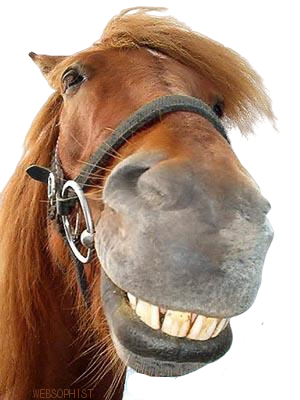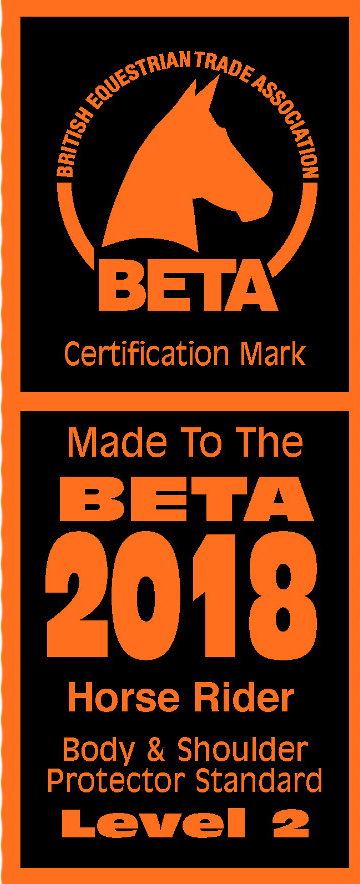Want to create interactive content? It’s easy in Genially!
Body Protectors: What do you need to know?
Pet N Pony
Created on April 17, 2020
Start designing with a free template
Discover more than 1500 professional designs like these:
Transcript
Body Protectors: What do you need to know?
Feeling unsafe when riding? Want to relieve worry to improve your performance
Why use body protection?
Body protection can save you from a potential injury, in a lot of cases, from either falling off, getting kicked or even stood on by a horse, no matter what you plan to do, body protectors are the way to go, with threee different strengths to look afer you no matter what the occasion may entail. Aside from many competitions enforcing body protectors, they allow the rider to be more self-assured in their riding. The protection level depends on the situation.
What are the different levels?
What are they made up of?
The body protector itself comes in three different label varieties: Green, Orange and Blue. Each label is dependant on the thickness of the foam and is certified under BETA (British Equestrian Trade Association) standards. The most standard and highest form of protection is blue, then orange then green. Hover over or click the different labels to see what each are used for!
There is 5 different parts:
Outer Material
Inner Material
Shoulder Protection
Fastenings
Lining
Once the garment has been used check for didn't as this could compromise that areas protective abilities, once the foam reverts back to its original state you won't be able to tell if any of the protection the body protector provides has been compromised in some way.
Fitting a body protector
Wanna know how? Press this button to go to the page!
Fitting a body protector
Although they provide a lot of protection, body protectors are not able to complete their job to the best of their ability, unless they are fitted correctly. This should be done by a well-trained retailer with a BETA Safety Qualification. To fit a body protector the following things need to be completed
- Chest
- Waist
- Over the Shoulder
Waist to wait for measurements; match your measurements to the size chart and find the closest fit in the range possible; try on the body protector over the top of lighter standard wear, heavier wear (rainwear, hacking jackets) should be worn over the body protector, wear the garment for at least 5 minutes to assure the body protector has had time to mould to your shape. To ensure the safest ride and that your body protector fits properly, try to follow these guidelines:
- The body protector should fit all-around your torso and should feel tight enough that it holds you in place, but you should still be able to breathe ok and should not be uncomfortable.
- The top of the garment should touch the top of your breastbone at the front, and the top of your spine at the back.
- The front side of the body protector should not be less than 25 mm below the rib cage
- The saddle should not touch the bottom of the protector, however, some companies can amend this with a shortening service
- Whilst trying on the garment simulate some riding positions to check to see if you are comfortable.




